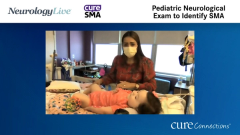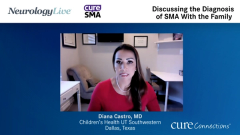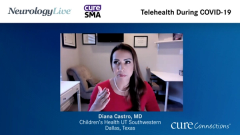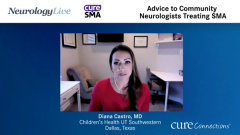
Telehealth During COVID-19
Resources are discussed, including the Child Neurology Foundation’s telehealth tip sheet, to help families navigate telehealth.
Episodes in this series

Garey H. Noritz, MD: The other thing I’ve wondered about is the families. Not just families of kids with SMA [spinal muscular atrophy], but families in general who, just like us, were kind of thrust into this telehealth world. They said, “We’re shutting down the community, so we’re going to do this all by video. Hope you figure it out.” Do you know about any resources that families can look to for help with their telehealth problems or how to get the most out of telehealth?
Diana Castro, MD: Using my clinic as an example, the schedulers are the ones who will talk to the families about the program we use and how they have to connect. They have to give authorization to be able to use the platform, so they go and help them through the entire process to get them ready for the appointment. They send them several reminders and tell them to download the app, so they’re usually very ready to start.
Obviously, we encounter other issues through the visit. Sometimes it gets disconnected and things like that. We tell them to be at home for the televisit, not driving, and to also have the patient with them rather than being by themselves. I think the Child Neurology Foundation has a telehealth tip sheet that may also help some of the families navigate the system. But all of us, we’re learning. It’s not only families but all of us. We have to learn these different options for virtual care.
Garey H. Noritz, MD: Yes. If there’s anything we’ve learned in 2020, it’s that you have to be flexible and ready to change on a moment’s notice.
Garey H. Noritz, MD: Thank you for watching this NeurologyLive® Cure Connections® program. If you enjoyed the content, please subscribe to our e-newsletters to receive upcoming programs and other great content right in your inbox.
Transcript Edited for Clarity
Newsletter
Keep your finger on the pulse of neurology—subscribe to NeurologyLive for expert interviews, new data, and breakthrough treatment updates.










































